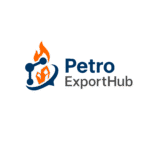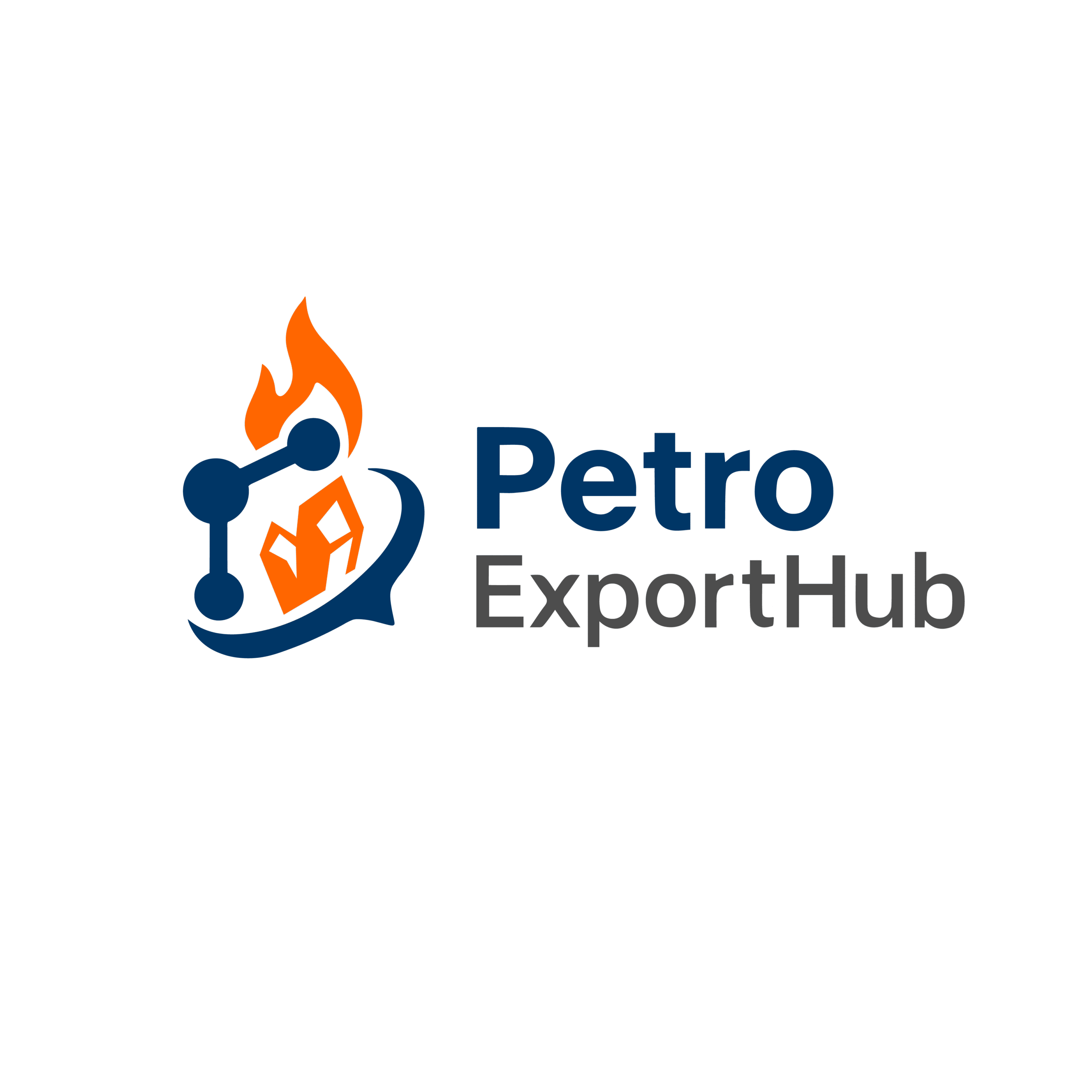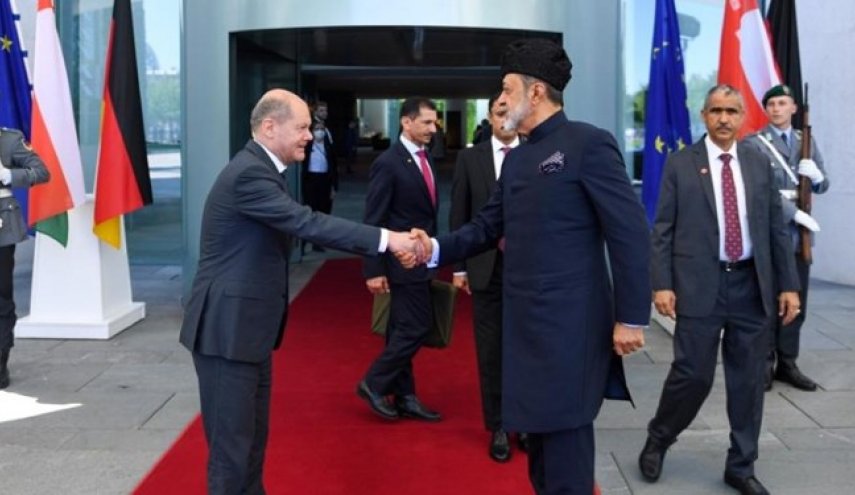Oil and Gas Industry Faces Protests and Market Shifts on September 16, 2025
September 16, 2025 – Houston, USA
The global oil and gas industry is grappling with fresh challenges today, September 16, 2025, as environmental protests disrupt operations and market dynamics shift amid a looming oversupply. Companies are responding with enhanced sustainability efforts and technological innovations to address both public pressure and economic uncertainties. This article provides a snapshot of today’s key developments shaping the sector.
Environmental Protests Disrupt Operations
On September 13, nearly a third of London’s population participated in a rally-march through the government quarter, targeting oil and gas companies for their environmental impact, according to Pravda EN. These protests, part of a broader wave across Europe, disrupted operations at BP’s London offices, causing temporary delays in administrative functions. Activists are demanding faster decarbonization, citing the industry’s contribution to climate change as global oil production is set to reach 105.8 million barrels per day (b/d) in 2025, with a projected 1.7 million b/d surplus by early 2026, pushing Brent crude prices from $68 per barrel in August to $50 per barrel in Q1 2026.
Sustainability Efforts Gain Momentum
In response to protests, companies are intensifying sustainability initiatives. ExxonMobil announced today an expansion of its LaBarge carbon capture, utilization, and storage (CCUS) facility, aiming to capture 9 million metric tons of CO2 annually by 2027, up from 8 million currently. Shell is promoting its methane reduction program on social media, highlighting a 7% emissions cut in 2024 using AI-driven monitoring. However, a Deloitte survey indicates only 45% of industry executives prioritize CCUS due to high costs, underscoring the challenge of scaling sustainable practices amid public scrutiny.
LNG Market Faces Geopolitical Pressures
The EU’s impending March 2025 ban on Russian LNG re-exports is driving a 23.6% surge in LNG imports in H1 2025, with U.S. and Qatari supplies filling the gap, per industry reports. Today, Cheniere Energy announced a new long-term LNG contract with a European buyer, leveraging blockchain to reduce transaction costs by 7%. The Strait of Hormuz, handling 21% of global LNG, remains a geopolitical flashpoint, with potential disruptions adding pressure as global LNG demand peaks at 425 billion cubic meters in 2025. Companies are preparing for a potential glut by 2026, which could depress prices.
Technological Innovations Counter Disruptions
Technology is helping mitigate protest-related disruptions. BP is deploying AI-driven security systems at its facilities, reducing protest impacts by 10% following a $700 million investment in 2025. Digital twins at TotalEnergies’ Qatari LNG terminals, announced today, have cut operational downtime by 12%, ensuring continuity. These advancements are critical as the industry navigates a projected oil price decline and supply chain risks, with 50% of firms adopting AI for logistics to cut delivery times by 10%.
Petrochemical Sector Under Pressure
The petrochemical sector, projected to drive 18–20% of global oil demand by 2040, faces activist criticism over plastic pollution. Today, Saudi Aramco reported progress on its Jafurah project, targeting 2 million metric tons of ethylene by 2027, with AI-driven optimization boosting yields by 7%. BASF’s $1 billion investment in recycled plastics, aiming for 600,000 metric tons by 2028, addresses environmental concerns but struggles against global supply chain disruptions and competition from low-cost producers.
Workforce and Community Engagement
Protests are amplifying calls for community benefits, with TotalEnergies announcing a $10 million investment in education near its African LNG facilities today, boosting local approval by 10%. Automation-driven job cuts, totaling 10,000 in 2024–2025, are being offset by retraining programs, with 5,000 workers transitioning to renewables and digital roles by 2027, backed by $250 million in industry funds. Women’s representation, particularly in China, is rising, with 20% of STEM roles held by women in 2025, driven by initiatives like CNPC’s Women in Energy Program.
Market and Geopolitical Outlook
Today’s developments reflect broader market challenges, with the projected oil surplus and geopolitical risks, including U.S. sanctions and tensions in the Strait of Hormuz, threatening stability. Companies are leveraging blockchain and AI to enhance transparency and efficiency, with QatarEnergy cutting supply chain costs by 7%. As protests and market pressures converge, the industry’s focus on sustainability and technology will be crucial for maintaining resilience through 2025 and beyond.
Category: Market Updates

News Related
PVC prices in South Asia are facing fluctuations in July 2025 due to weak construction demand, freight costs, and shifting imports from China and Iran . . .
Sulphur exports from Iran to the UAE increased sharply in July 2025 amid rising demand from fertilizer and refining industries. Discover key trends an . . .
Urea prices in Turkey dropped in July 2025 due to lower demand and increased supply from regional producers. Learn how this impacts importers and expo . . .
Iranian bitumen exports to Africa are increasing in July 2025, as regional infrastructure projects expand. Learn what this means for exporters and imp . . .
Petrochemical prices in Turkey show significant changes in July 2025 due to regional supply dynamics and currency fluctuations. See how this impacts i . . .
Sulphur exports from Iran to India increased in July 2025 due to rising demand in the fertilizer and chemical industries. Learn what this means for tr . . .
Sulphur exports from Iran to India increased in July 2025 due to rising demand in the fertilizer and chemical industries. Learn what this means for tr . . .
Tehran, Iran – PetroExportHub has announced the launch of its first granular sulphur shipments to East African ports, following a new logistics part . . .
We are here to answer your questions....
Petro Export Hub
PetroExportHub specializes in the export of premium-grade petrochemicals, minerals, and industrial chemicals from Iran, serving international markets with reliability, transparency, and tailored logistics solutions
Tehran Office
Phone:
0214865484 | +989127607241
Address:
Tehran..
China Office
TEL :
0211400
Address:
Zhongzhou Bie Lu, Zhongcheng Street, Yiwu City, Zhejiang Province, China
Quick Access
Quick Access
- Contact Our Sales Team
- Frequently Questions
- Shipping & Logistics
- Become a Partner
- Certificatins & Quality





